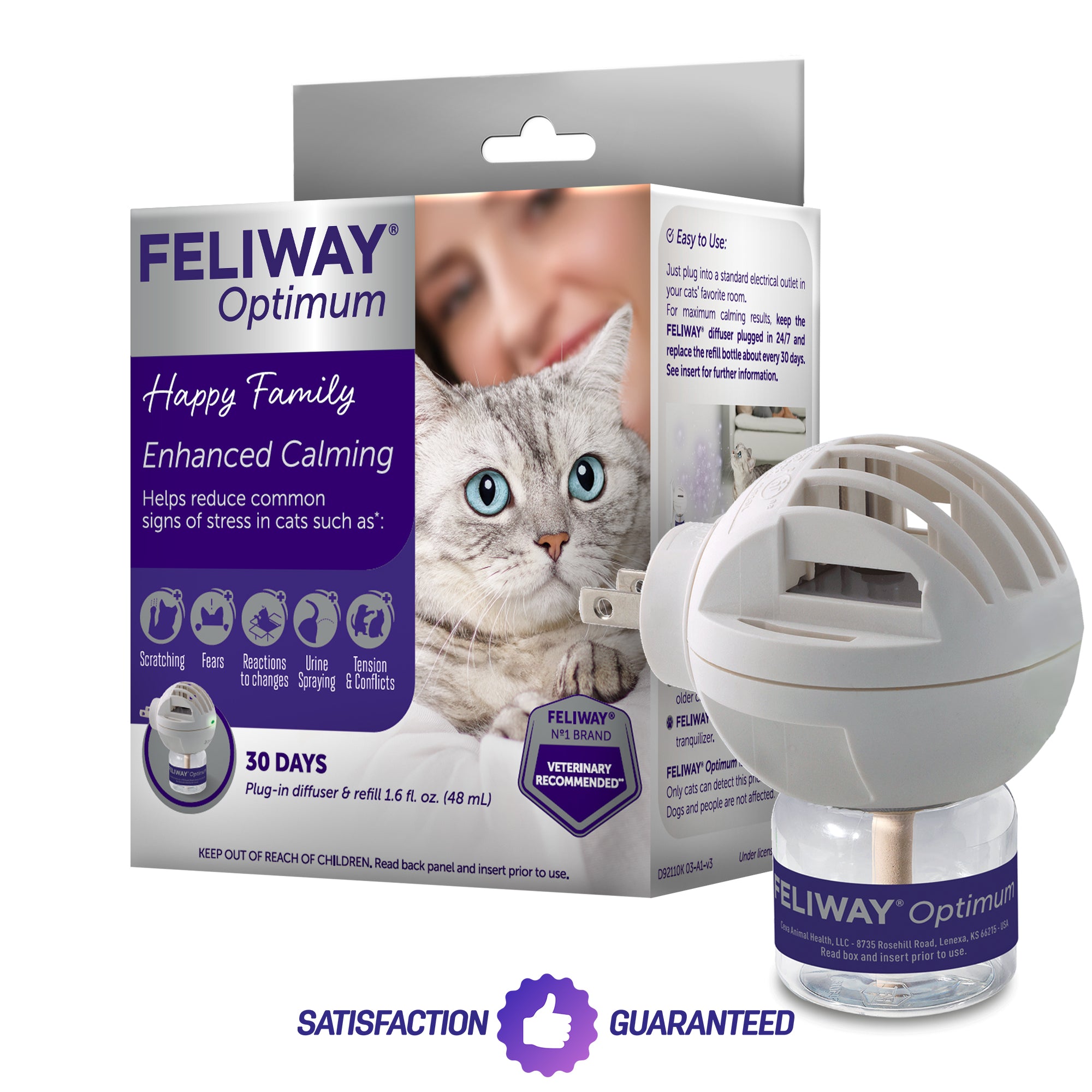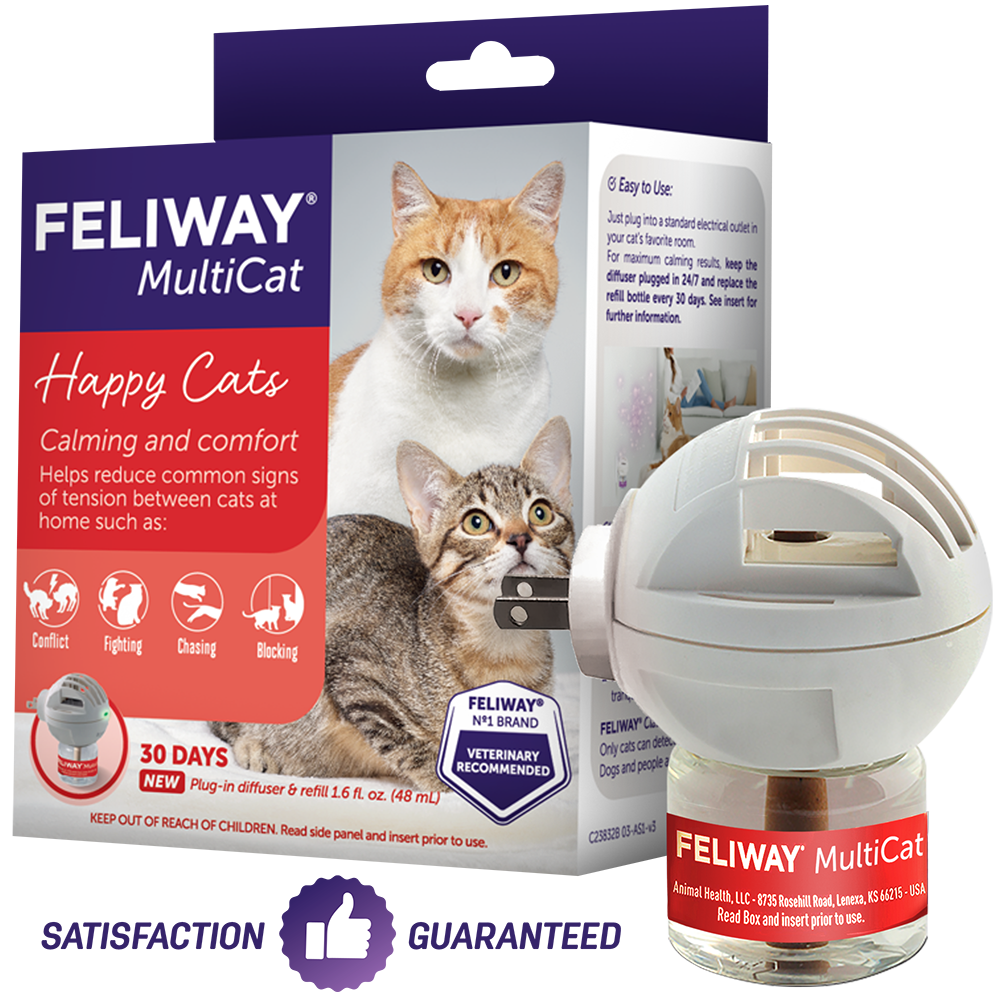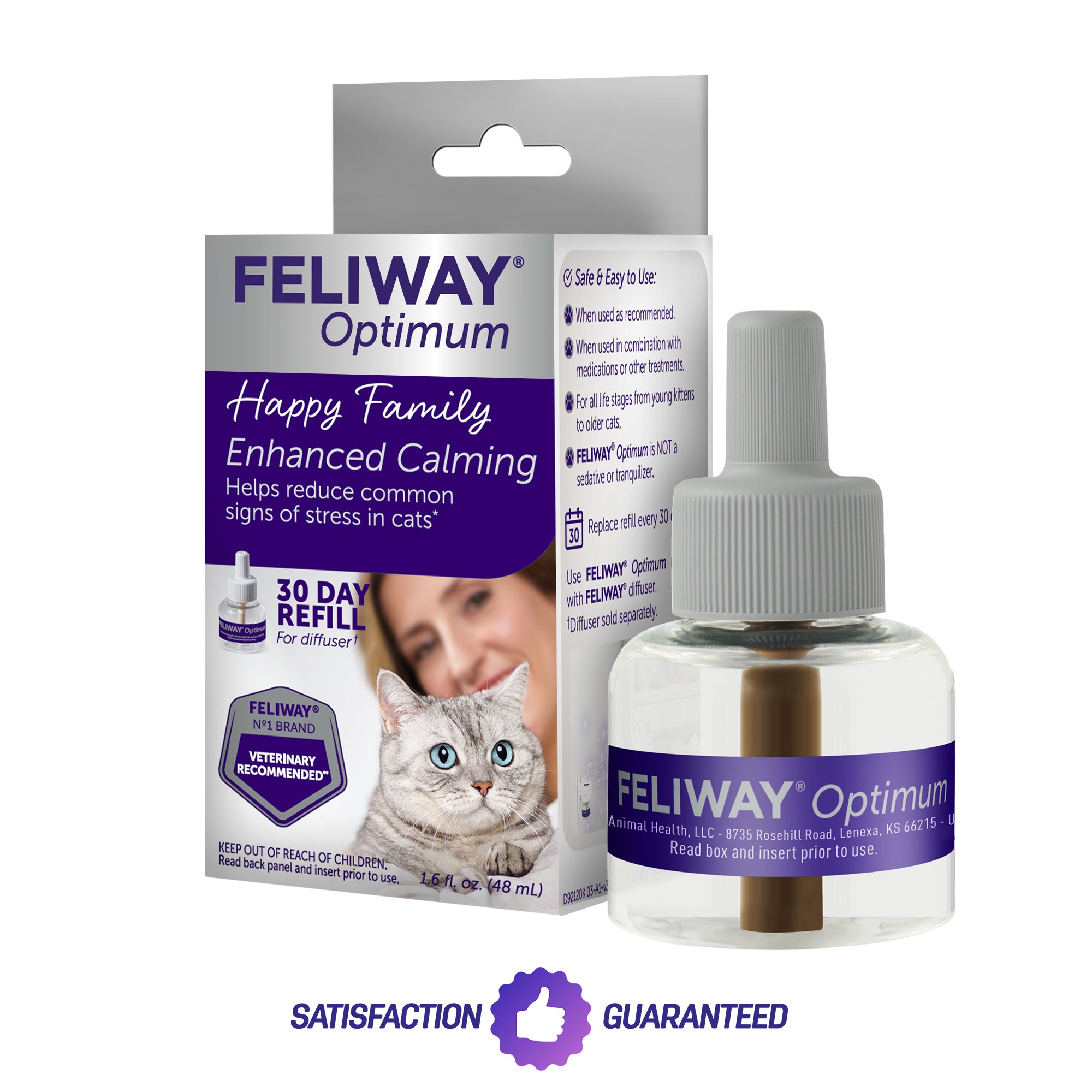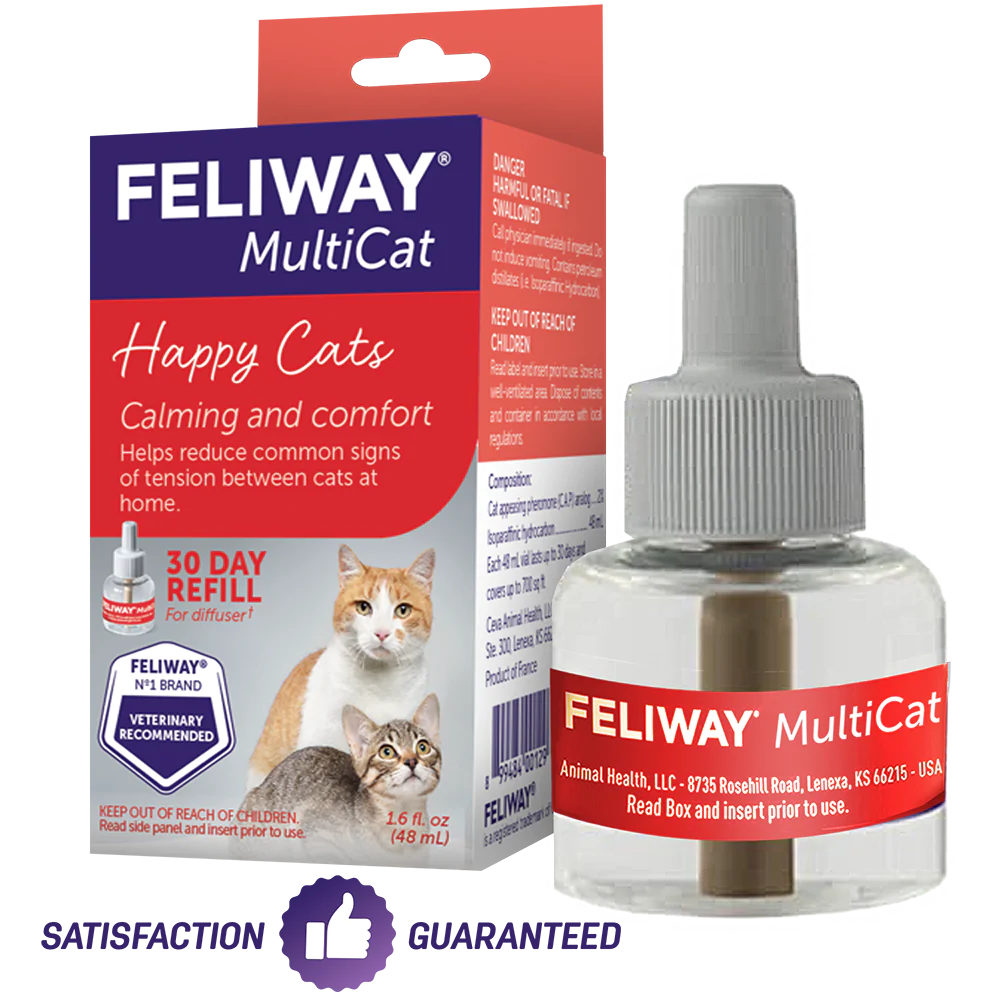
How To Gain A New Cat's Trust
If you’ve got a new feline friend, you may be wondering how to get a cat to trust you. It’s important to remember that your cat has just entered a new environment and may just be a little shy, so don’t get discouraged. In this blog, we’ll share our advice about gaining your cat's trust and how to make them feel as comfortable as possible in their new home.
Understanding Why Your Cat is Scared or Anxious
Firstly, understanding why your cat is shy or anxious will help you decide what steps to take to help them feel more relaxed. Some factors that can influence cat anxiety can be a previous lack of socialization with humans, bad experiences, or even simply genetics. Certain cats are inherently more nervous than others, so patience is key.
Some signs of cat anxiety to look out for can include:
- Hiding
- Urine spraying
- Overgrooming
- Scratching objects

Learning Your Cat’s Body Language
By learning your cat’s body language, it can help you to spot when they are feeling uncomfortable. If you notice they are showing signs of stress, you can make changes to help them feel more relaxed, such as making sure they have easy access to elevated resting spaces where they can feel safe and can be left undisturbed.
Identifying your cat’s body language and personality will also help build your cat’s trust. Naturally, they might be more sociable and confident, or they might be shyer and more nervous. Understanding this is important for knowing what your new family member is comfortable with. Embrace your cat’s individuality, and don’t force them out of their comfort zone when you want to interact with them.
A good place to start with this is establishing where they like to be stroked so that you can be consistent with your interactions. Try stroking your cat around their head to begin with, then stop and check to see if their body language changes. If they purr or push your hand to continue then that’s great news!
Don’t be disheartened if they don’t show interest in wanting you to continue; they will appreciate you stopping and giving them space. You can build on this over time. Giving your cat the choice will help them build their trust. Remember, cats often enjoy short but frequent socializations rather than longer ones. So, it may just be that they need a short break before coming back for more strokes!

Steps to Gaining a Cat’s Trust
There are a few steps you can take to help build your cat’s trust. These include:
1. Creating a routine
Establishing a daily routine is a great way to help settle your cat into their new home as when they know what to expect each day, this can relieve your cat’s stress. Setting times for feeding, playing, and grooming will help create a sense of familiarity for your cat, establishing your bond and trust with one another. Playing especially is a great way to build trust with your cat; including a couple of playtime sessions a day can help you discover what your cat likes and is comfortable with.
2. Using a calm and soft voice
Talking to your cat frequently will help them familiarize themselves with your voice. Speaking to your cat in a calm tone during feeding or playtime will help them relax and associate you with positive experiences. Slow blinking is also a lovely way to show your cat your friendly intentions and feelings of affection. If you get a meow back, that’s a cat’s sign of trust and feeling connected to you!
3. Minimizing stressful situations
As your cat is a new member of your family, they will need time to become accustomed to their new home. Make sure that they have safe spaces in the house, usually letting them get settled in one room. Once they start exploring the rest of the house, ensure that they can still access their safe spaces, which are usually high up. This will help reduce your cat’s stress. Don’t force your cat to come out of hiding or interact if they don’t want to and allow them to have their space. You can also use FELIWAY® Optimum in the room where your cat spends most of its time to provide them with enhanced serenity.
4. Using positive reinforcement
Treats can be a great way to build your cat’s trust and a lovely way to reward your cat for doing things you want them to! This reward will encourage them to retake the action so they can get a delicious treat again. Of course, rewards don’t always have to come in the form of treats! Find out what your cat reacts positively to and praise them in this way. It may be stroking them in a certain area on their body, giving them verbal praise using your soft voice, or could be through play.

Signs That Your Cat Trusts You
It’s easy to get worried about not having your cat’s trust. You may find that your own cat’s signs of trust are different to others you know. Your cat’s body language being relaxed is a big sign of trust; they may show you their tummy or headbutt you. If your cat greets you or approaches you with a vertical tail, this is also a friendly greeting and a sign of them being relaxed. Showing they view you as a friend!
Most importantly, you should remember that every cat is different and that building your cat’s trust can take time. By following these steps and making sure you create a comfortable and relaxed environment for your cat, you’ll be a step closer to gaining a new, furry best friend!
If you want to learn more about how to build your cat’s trust, you can check out our other blogs. If you want to reduce your cat’s stress, we have a range of pheromone diffusers that can help instantly put your furry friend at ease. You can also sign up for our newsletter to stay up to date with all the latest information!
























